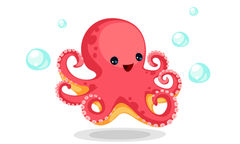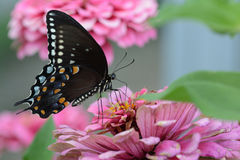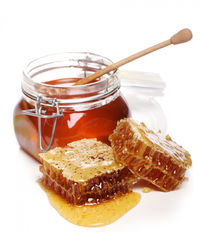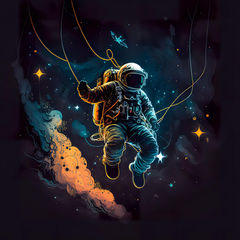Hello, young explorers! Let us go on a fantastic journey into the world of science, where wonders and surprises await us. Get ready to be amazed as we discover 10 fun and mind-blowing science facts for kids about the incredible things happening around us every day, from space to tiny creatures!

- A day on Venus is longer than a year on Venus. On Venus, one rotation on its axis takes the equivalent of 243 Earth days and the planet’s orbit around the Sun takes the equivalent of 225 Earth days.

- The average human body carries about 4 pounds of bacteria. Exactly!! Our bodies are bustling ecosystems, hosting trillions of microscopic organisms that play a vital role in our overall health.
- The Great Wall of China is not easily visible from space with the naked eye. Astronauts have reported that it’s challenging to see without aid. The wall is narrow and has colors similar to its natural surroundings which makes it blend with the landscape. The wall might be more visible when there is snow.

- Hippos create their sunscreen. They secrete a red oily fluid that has both sunscreen and antibiotic properties. The sunscreen property protects the body from the sun’s harmful rays while the secretion also helps to inhibit the growth of certain bacteria.
- Octopuses can squeeze through anything. They have a beak-like part at the center of their arms, and the rest of their body is highly flexible. Since their bodies do not contain bones, they can squeeze through anything so long as their beak can fit.

- Hummingbirds are the only birds that can fly backward. Hummingbirds have a ball-and-socket joint at the shoulder. They can rotate their wings in a full circle, enabling them to generate lift on both the upstroke and the downstroke. This flexibility, combined with their rapid wing beats, allows hummingbirds to hover, move in any direction, and even fly backward.
- Butterflies taste their food through their legs. Butterflies have a unique way of tasting their food. When a butterfly lands on a potential food source, it uses chemoreceptors, which are located not only on its antennae but also on its legs. The chemoreceptors on the legs allow the butterfly to taste and identify substances on the surface of the potential food plant.

- Crows can recognize human faces. Yes, that’s true!! Crows are highly intelligent birds with advanced cognitive abilities. They can not only distinguish between individual humans but also remember specific faces for an extended period.
- Honey never spoils. Archaeologists have found pots of honey in ancient Egyptian tombs that are over 3,000 years old and still perfectly edible.

- Astronauts can’t burp in space. On Earth, when you burp, gas rises to the top of the stomach because of gravity, and it is expelled through the esophagus. In a microgravity environment like space, there is no gravity. The lack of a consistent downward force means that gas tends to stay mixed with other stomach contents. After a small amount of liquid may accompany the release of gas, astronauts might experience a sensation known as ‘wet burps,’ where a small amount of liquid may unexpectedly accompany the release of gas. This phenomenon occurs due to the absence of gravity in space, altering the way gases behave in the stomach. It’s just one of the many intriguing challenges astronauts face during space missions.

Encouraging Curiosity in Young Minds
As you travel through the wonders of science, remember that every question you ask opens a door to a world of answers and more incredible mysteries. The world is filled with even more amazing discoveries waiting for you. Keep your eyes wide open, stay curious, and who knows what exciting science facts for kids you’ll uncover next in this big, wonderful world of ours! Happy exploring!



